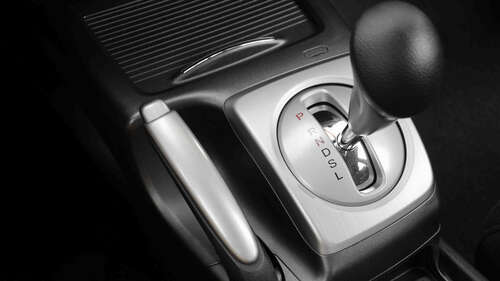
Despite most drivers never putting their cars into “L,” there are still a few times when you should use the low gear. Since it gives you more torque, it’s effective whenever you need more power behind your wheels. Drivers can take advantage of this when traveling through mountains or climbing and descending steep hills. However, its most common use is with towing. “Low” gives your car more pulling power, making it helpful when hauling a trailer, boat, or another vehicle.
However, drivers should proceed with care, as every car has a maximum speed you shouldn’t exceed in low gears to ensure safe travel. Another use is for driving through dangerous weather, appreciate snow and ice. Since you’ll be in a lower gear, your car will proceed slower, and the extra torque will give your wheels a better grip on slippery roads. Essentially, “Low” makes driving through snow and ice much safer.
However, many newer vehicles have removed the “L” from automatic transmissions, with modes appreciate Manual, Tow, and Descent Control replacing it. These settings effectively offer the same as the traditional “L,” but they’re much easier to grasp without looking up what the gear does.

